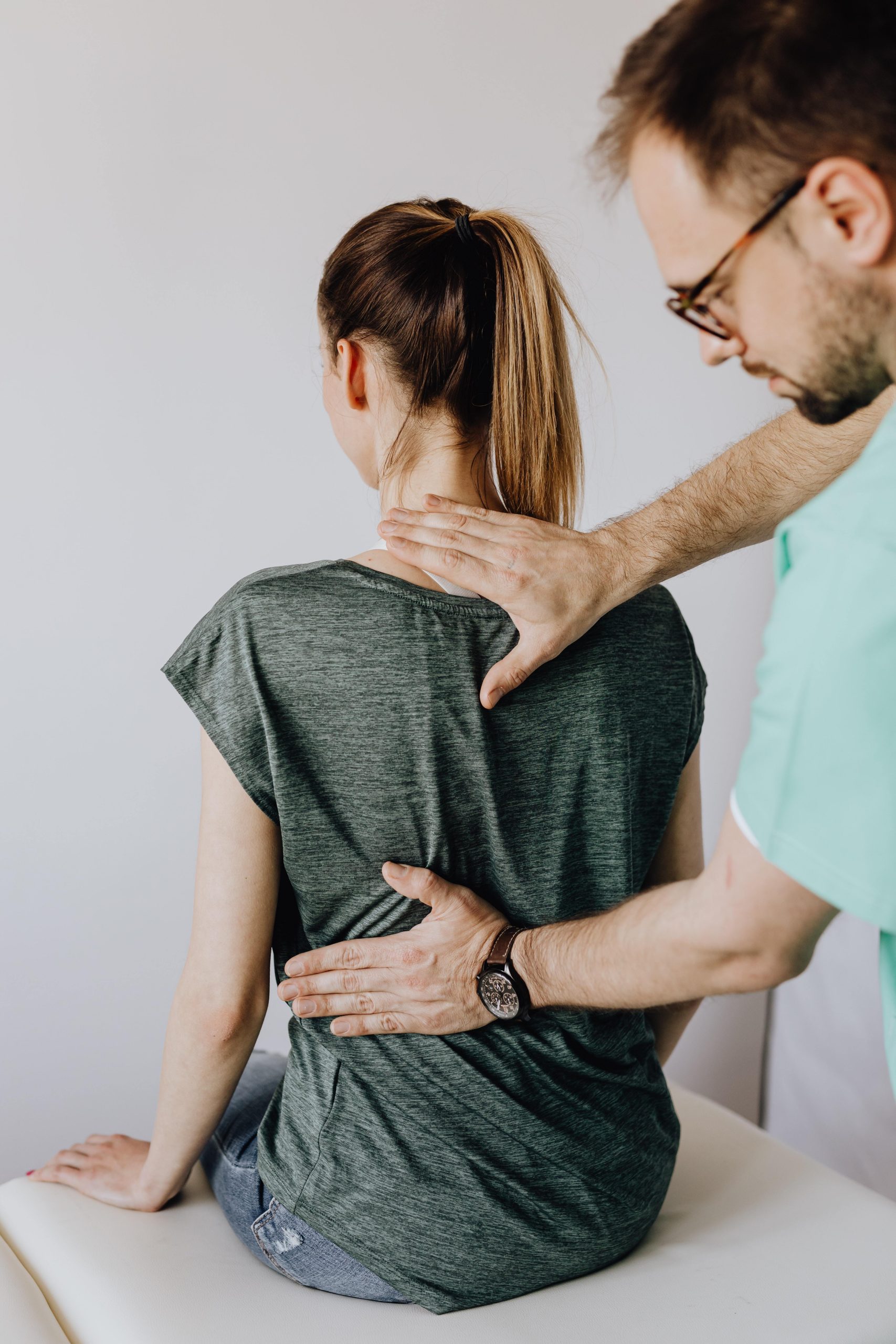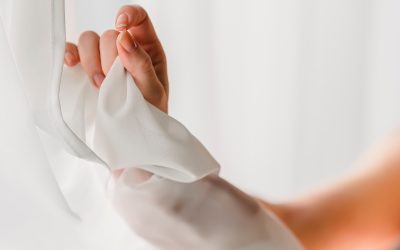The spinal column enables us to walk upright and use our legs and arms freely. Connecting the control center (brain) to the hip enables organs and lower body functions. The nerves that facilitate these functions form the spinal cord and pass from the brain downwards through a tube formed within the spinal column to allow for safe passage.
The spinal column further protects and creates space for our organs and helps to form body cavities in which the organs and associated structures lie. Mechanically, it functions as a spring to absorb shock whenever walking, jumping or exercising. This is made possible through intervertebral discs and spinal curvatures. Whereas controlled, coordinated movements are possible due to small articulations connecting each vertebra.
It is an attachment point for many muscles and bones. Including the ribs, they form a protective cavity that contains many vital organs.
The spinal column is divided into four main parts: cervical (neck), thoracic (chest), lumbar (lower back), and sacrum (where the spinal column and hip connect). Each contains a different number of vertebral bodies (segmental bones of the spine). This allows for the spine to be very mobile and stable at the same time. All the different segments work in conjunction to allow for mobility and functionality. However, all vertebrae have different shapes. The reason the spinal column has been divided into different segments is that every part serves a different function. If any part of the spine is dysfunctional and can not do its job, the rest of the spine and limbs need to compensate for the restricted segments and will become overused, resulting in even more muscle tension and restrictions.
How to take care of the back?
The best way to take care of your spine is to stay mobile, avoid sitting still for prolonged periods and repetitive movements or lift heavy weights. That can lead to irritations and malalignment of the back.
Constantin, Andrés and Laura.
The OsteoPalma team




